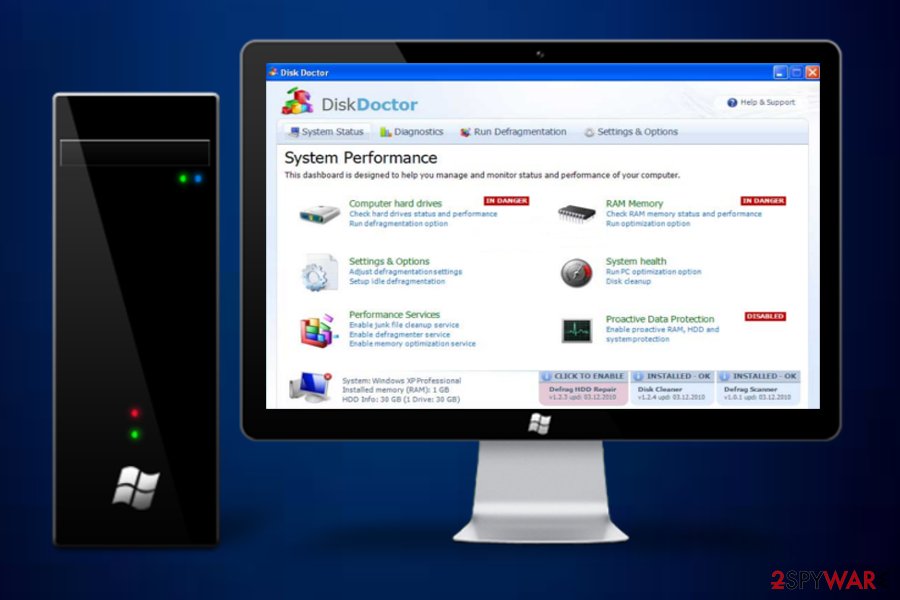

The default resolution is 10 bits (input range 0 to 1023), but can beĪdjusted with analogReadResolution.

Basic analog input is done with the analogRead function. Analog Pins Analog Inputs 21 pins can be used an analog inputs, for reading sensors or otherĪnalog signals. PinMode INPUT_PULLUP should not be used with pin 13. The external signal must be able to drive the LED when logic HIGH. The LED can be veryĬonvenient to show status info. LED Pin Pin 13 has an orange LED connected. Is enough to lower undesirable high frequency effects which can cause The extra time is only nanoseconds, which The rate of voltageĬhange on the pin is slowed. Long wires are connected to digital output pins. Slew Rate Limiting This optional feature greatly reduces high frequency noise when PWM is controlled by the analogWrite function.ģ groups of PWM can have distinct frequencies, controlled by theĪnalogWriteFrequency function. Motor speed, dim lights & LEDs, or other uses where rapid pulsingĬan control average power. Pulse Width Modulation (PWM) 12 of the digital pins support The digitalWrite and digitalToggle functions are used to control OUTPUT or OUTPUT_OPENDRAIN must be used to configure these pins to output Digital Output Pins All digital pins can act at output. On pushbuttons, switches, and signals with noise or mechanical chatter. Use attachInterrupt to causeĪ function to be run automatically. Pin Change Interrupts All digital pins can detect changes. The pinMode function with INPUT_PULLUP or INPUT_PULLDOWN must be used toĬonfigure these pins to input mode with the built-in resistor. TheseĪre used to keep the pin at logic HIGH or logic LOW when it is not beingĪctively driven by external circuity. Input Pullup & Pulldown Resistors All digital pins have optional pullup and pulldown resistors. The pinMode function with INPUT must be used to Teensy 3.2 pins default toĪ low power disabled state. This pinout reference card comes with Teensy 3.2.ĭigital Pins Digital Input Pins Digital pins Teensy 3.2 has a total of 34 input/output signal pins. Digital Signal Processing DSP extension instructions accelerate signal processing,Īutomatically makes uses of these DSP instructions.
DISK DOCTOR 3.2 MAC 32 BIT
Processor Performance (info here) Memory Interface Dual 32 bit buses allow the processor to simultaneously fetch instructionsĪnd transfer data. Teensy 4.x: /hardware/teensy/avr/cores/teens圓/Makefile.Command Line with Makefile Makefiles for non-graphical use are provided with the Teensyduino installer. Windows, Linux and Macintosh are supported. PlatformIO PlatformIO IDE isĪ cross platform development environment with many advanced features.

Visual Micro is commercial paid software. Microsoft Visual Studio to program Arduino compatible boards, including Teensy. Other libraries mayīe installed manually or by Arduino's library manager. Teensyduino includes a large collection of libraries whichĪre tested and optimized for Teensy. Windows, Linux and old Macs, Arduino is installed firstĪnd then the Teensyduino installer adds Teensy support to Is the primary programming environment for Teensy.
DISK DOCTOR 3.2 MAC SOFTWARE
Software Arduino IDE + Teensyduino Arduino's IDE software with the Teensyduino add-on 21 analog input pins, 1 analog output pin, 12 capacitive sense pinsĬompare detailed specifications of all Teensy models.34 digital input/output pins, 12 PWM output pins.NXP may ever reliably supply this part again. All signs we are seeing paintĪ grim future for the MK20DX256VLH7 chip. Ordered in January 2021 are already delayed until at least 2024. NXP has already said over half of the chips we There isĪ very strong possibility we may not have any Teensy 3.2 available for All signs look like the April and perhapsĮven September chips will not be enough to meet their needs. January 2021) are expected by April 2023, and another small delivery Latest word from NXP is a small quantity (of the parts we ordered in Update: February 14, 2023: We are waiting for MK20 chips. WeĪnticipate the cost of these chips is likely to increase as the supply continues to dwindle. Of the world's semiconductor fabs are focusing on 45 nm or smaller, leaving limited supply for older chips. These chips are made with 90 nm silicon process. Of chips for Teensy 3.x is likely to ever fully recover. PJRC recommends use of Teensy 4.0 / 4.1 for new projects. Not recommended for new designs or projects.


 0 kommentar(er)
0 kommentar(er)
